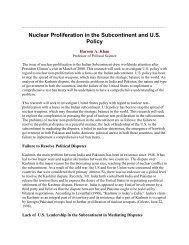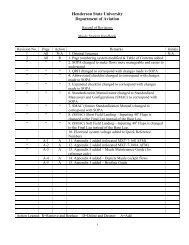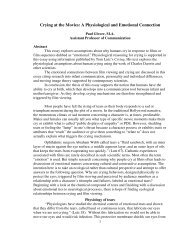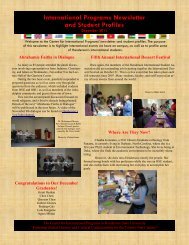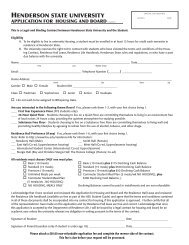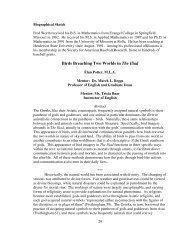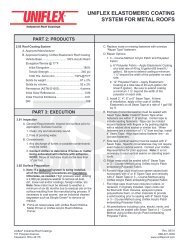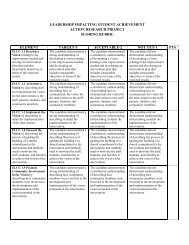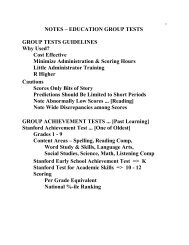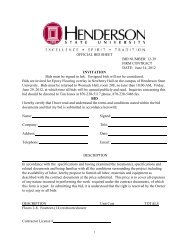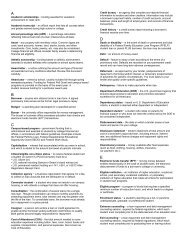Hearing Trig Functions - Henderson State University
Hearing Trig Functions - Henderson State University
Hearing Trig Functions - Henderson State University
You also want an ePaper? Increase the reach of your titles
YUMPU automatically turns print PDFs into web optimized ePapers that Google loves.
Execute the block of code (a module) at the top if the SigGen <strong>Functions</strong>.mws file. To create the<br />
package, do<br />
> savelib(SigGen);<br />
The signal generating function package now exists in memory, but it is not permanently stored<br />
on your hard drive until you do<br />
> march('create',libname[1],100);<br />
Now, repeat the process for the other Maple worksheet, WAV.mws. That is, execute the module<br />
block at the top of the WAV.mws file, and then do<br />
> savelib(WAV); march('create',libname[1],100);<br />
The second command will appear to generate the error:<br />
Error, (in march) there is already an archive in "C:/MyLib"<br />
However, Maple added the WAV package to the signal-generating package that you made<br />
earlier. The process I just described only needs to be completed once. However, when you come<br />
back another day and you want to access the functions in the two packages, you will need to tell<br />
Maple the directory you put them in:<br />
> libname:="c:/MyLib",libname;<br />
Then load the packages the same way you load commonly used libraries such as plots and linalg:<br />
> with(SigGen);<br />
[ASD, Attack, Decay, FM_Signal, FM_Sine, Integer2Bytes, LFO, Limiter, Normalize,<br />
Quantize, Sawtooth, Signal, Sine, ViewEnvelope, WriteSound, word2byte, writeintegers]<br />
> with(WAV);<br />
[ReadWAV, WriteWAV]<br />
A complete description of these signal-generating and wav functions will be found at the Maple<br />
Signal Analysis and Synthesis website referred to earlier.<br />
Simple Sine Wave<br />
Suppose we want to hear what a simple sine wave sounds like. The<br />
frequency obviously must be in the range of human hearing, so I choose<br />
440 Hertz, which is the standard frequency set for the A above middle C.




